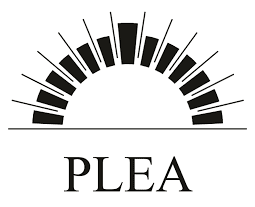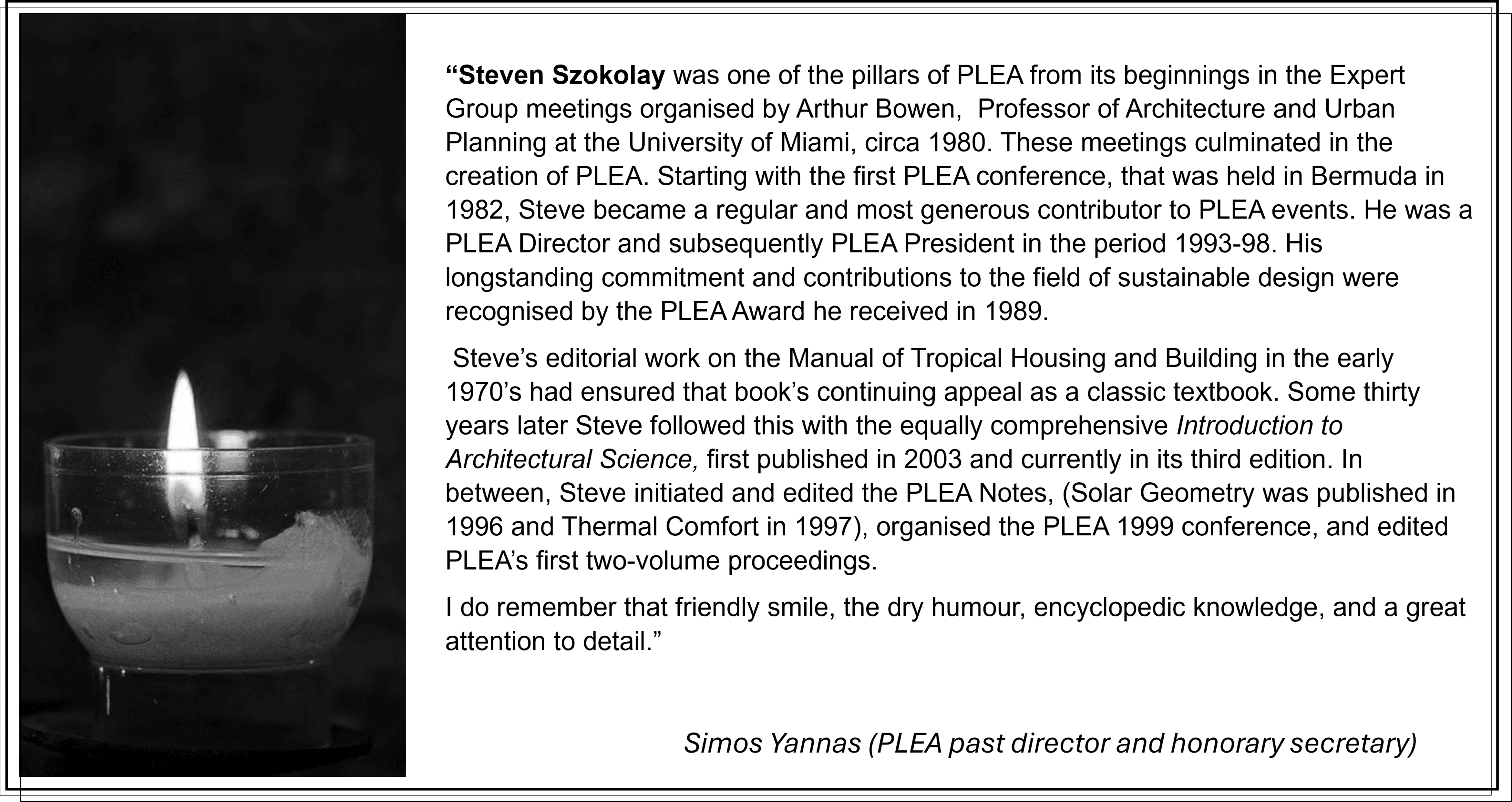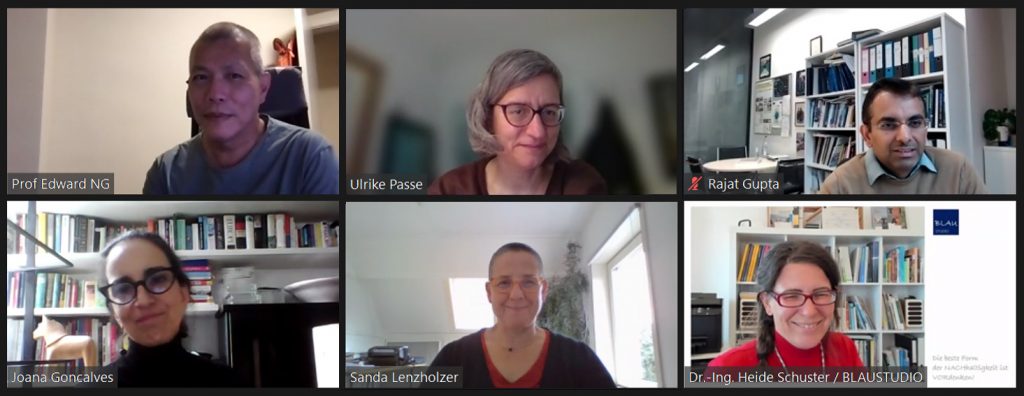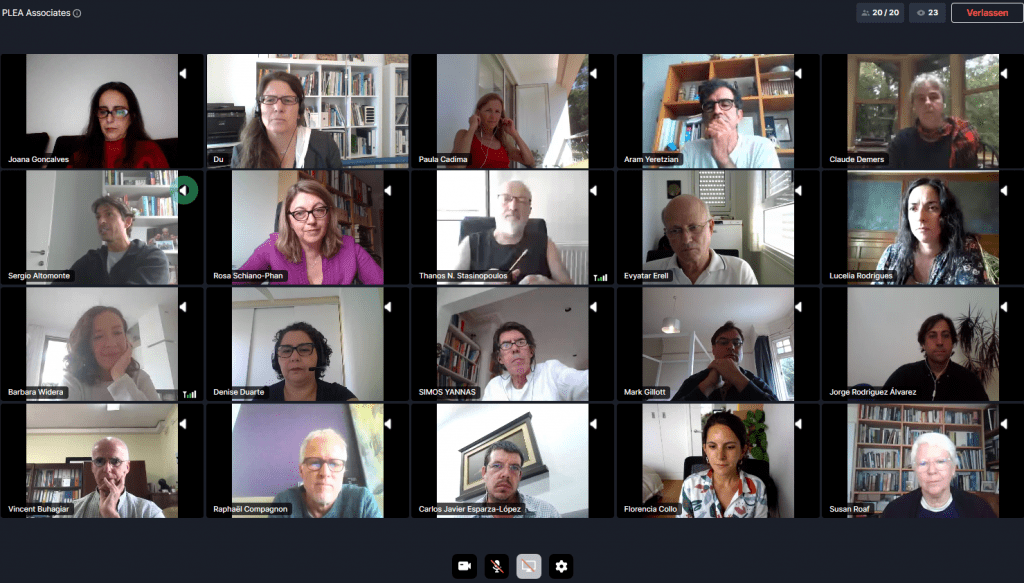PLEA folks are getting back into the rhythm of attending live, in person conferences. And thus we traveled to Poland this summer. The PLEA 2024 conference organizers called to Wroclaw in Poland to share, debate and engage in person on a challenging sustainable architecture and urbanism to (Re)thinking resilience, to (re)think together to be an instrument for a change and to make a significant difference together. Online option were mixed in for those not able or willing to travel.
Thus, the answers to the call came from researchers at all stages of their career, from undergraduates to senior academics, across most continents with strong participation from Europe and Latin America, but also North America and Asia. And the answers came in multiple facets and colors. Poland is a country in transition and the work presented from young and senior researchers revealed a great interest in architectural solutions for the challenges of climate change, considering social inclusion and community life.
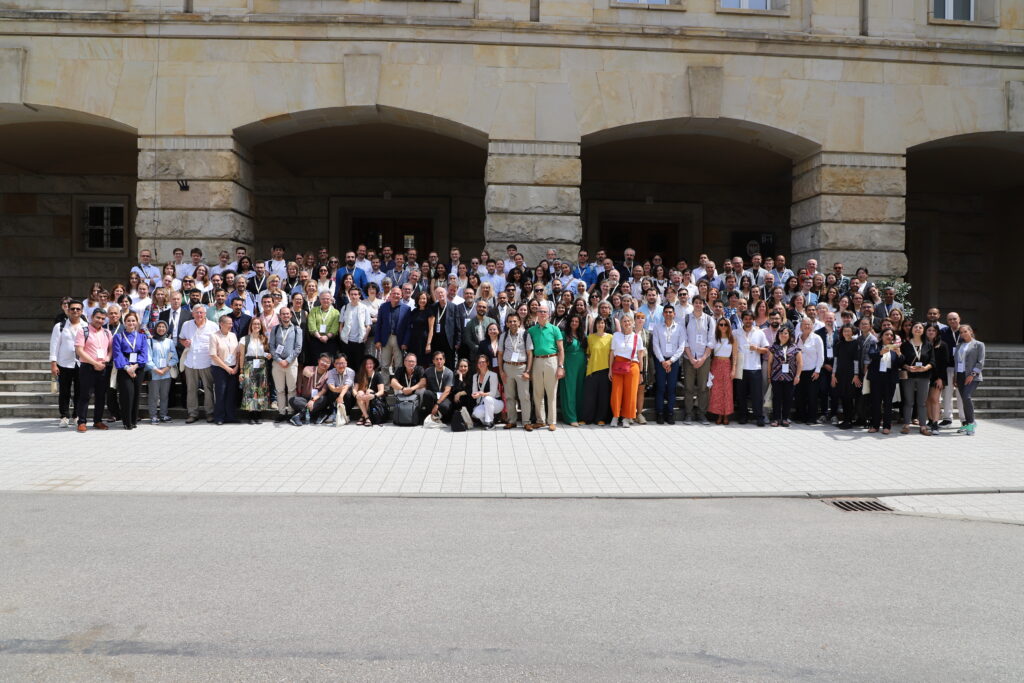
We also learned from Matt Santamouris about the challenges of urban climate in the hot regions of the world and the potential positive impact of materials and urban design. He also emphasized the need for tackling extreme heat around the world.
Prof. Santamouris deservedly received the prestigious PLEA Lifetime achievement award.
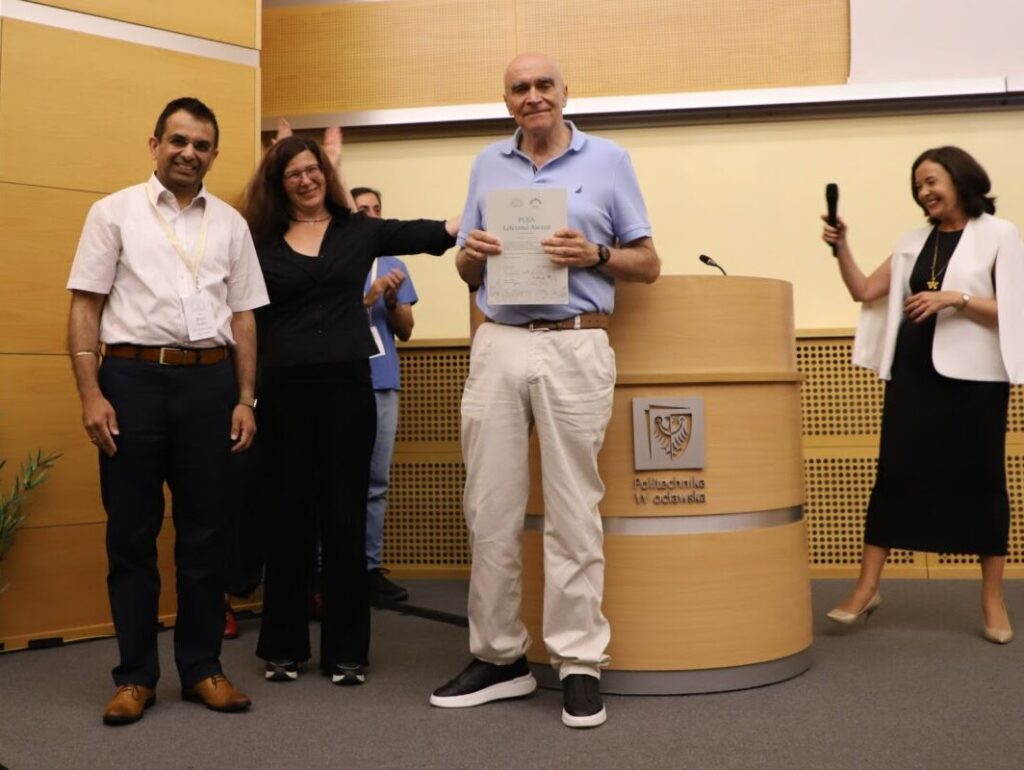
We were introduced to beautiful nature-based solutions by Klaus Loenhart and environmentally responsive building design by Ewa Maria Kurylowicz. Hans Joachim Schellnhuber called attention to the risks of climate change and the key impact of urbanism and architecture in the developing parts of the world for the future of the planet.

Through these projects and many more, the consensus formed that resilience is an intrinsic part of sustainability, especially when social cohesion is at the center of space and place-making.
The SBSE, Society of Building Science Educators, supported emerging student researchers from multiple countries to attend in person.
The conference was well organized by Barbara Widera and her team of Wroclaw University of Science and Technology and everyone left Wroclaw with a smile, and a richer knowledge of the world and with new friends. Thanks to a generous team for a great conference!
PLEA Board is now eager to work with the next PLEA conference organizer at the University of Costa Rica to convene in the tropics, going to San José, Costa Rica, in the Americas again, in June of 2026. More information on this is coming soon.
For more information please see our conference summary with more pictures and statments and the official conference website. (Both open in new tabs)
